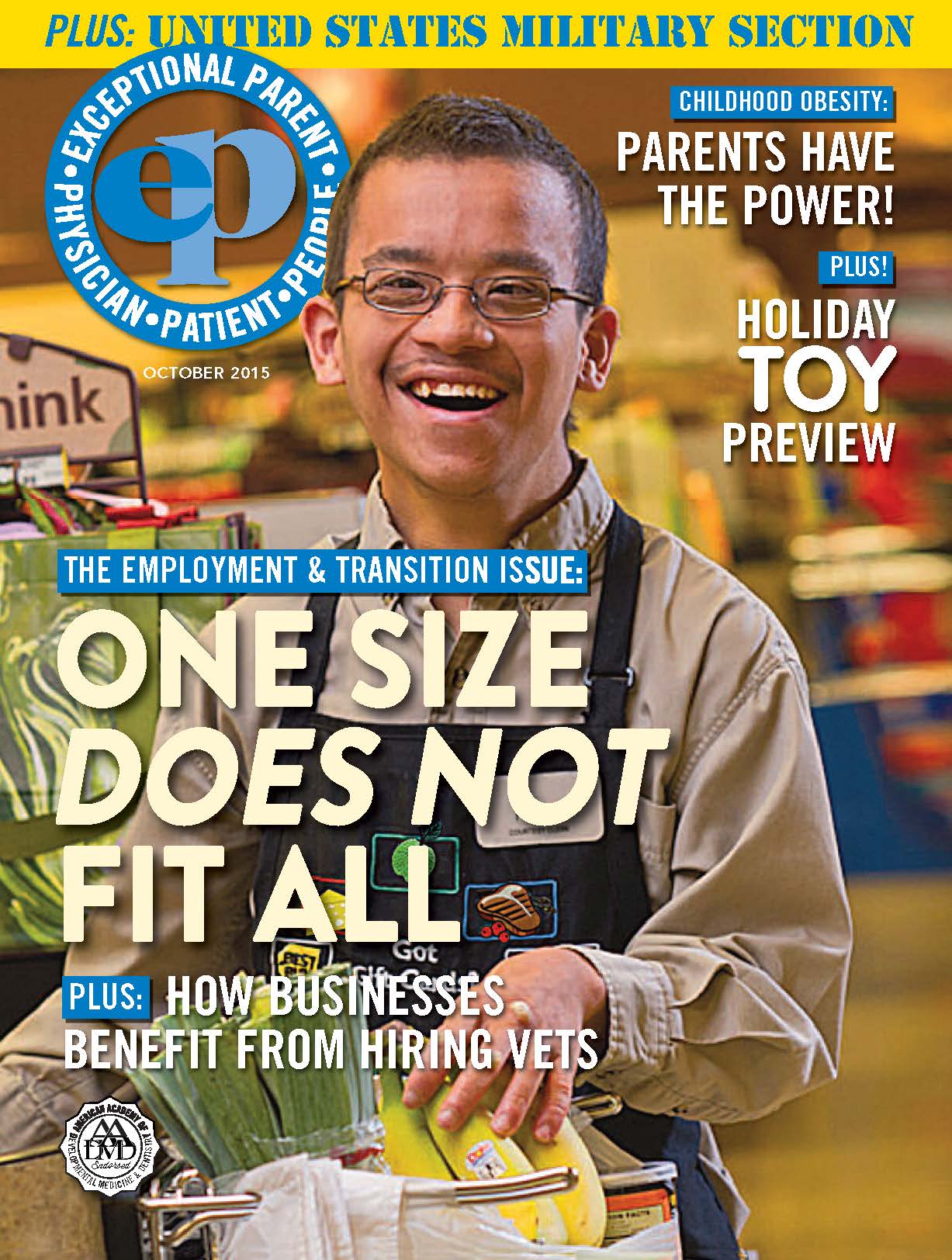GENETIC ALLIANCE BY REBECCA DOWNEY AND SHARON ALEXANDER, MPA There is no right answer or complete list of what to look for in an adapted toys. Each individual has unique abilities, needs, interests and goals. Playtime is the time when kids are able to free their minds and bodies from the stresses of academic achievement and do what they do best: be kids. Healthy child development is impacted greatly by playtime. Developing dexterity, cognitive, and […]
Tag: Muscular Dystrophy
Why are There Increasing Numbers of Children and Adults with Disabilities?
AMERICAN ACADEMY OF DEVELOPMENTAL MEDICINE & DENTISTRY BY H. BARRY WALDMAN DDS, MPH, PHD, STEVEN P. PERLMAN DDS, MSCD, DHL (HON), AND MISHA GAREY, DDS AN INORDINATE FONDNESS FOR BEETLES “The Creator would appear as endowed with a passion for stars, on the one hand, and for beetles on the other, for the simple reason that there are nearly 300,000 species of beetle known, and perhaps more, as compared with somewhat less than 9,000 species […]
A GPS for Families of People with Special Needs – Part II
BY LAUREN AGORATUS INTRODUCTION I wrote this manual to help other families of individuals with special needs and the professionals who work with them. My daughter now has five life-threatening conditions, and autism just to keep things interesting. We have been through everything from early intervention to currently going through transition to adult care. I hope this helps you on your journey. Part II follows; to review Part I, see the September issue of EP […]
Toys For The Holidays
Fat Brain Toys shares with EP’s readers their recommendations for toys for the Holidays, based on feedback received from customers regarding how their site’s toys are being used by children with special needs. PHYSICAL SKILLS TEETER POPPER A NEW instrument for play… how it’s used is up to the kids! Whether they rock it, roll it, sit in it or stand… kids want to move with Teeter Popper! How wildly fun it is! “POP-POP-POP… POP-POP-POP!” […]
One Size Does Not Fit All
AMERICAN INSTITUTES FOR RESEARCH/AIR The proportion of working-age people with disabilities who are in the labor force fell from 25 percent in 2001 to 16 percent in 2014, according to a new brief from the American Institutes for Research (AIR). More broadly, among those able to work who are either employed or actively looking for jobs, the data for people with disabilities has remained stagnant, or declined, despite “the array of federal policies, executive orders, […]





